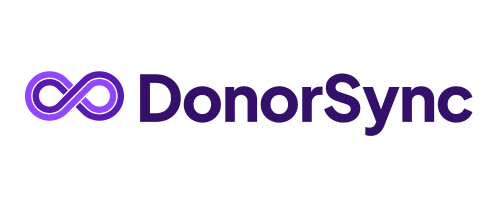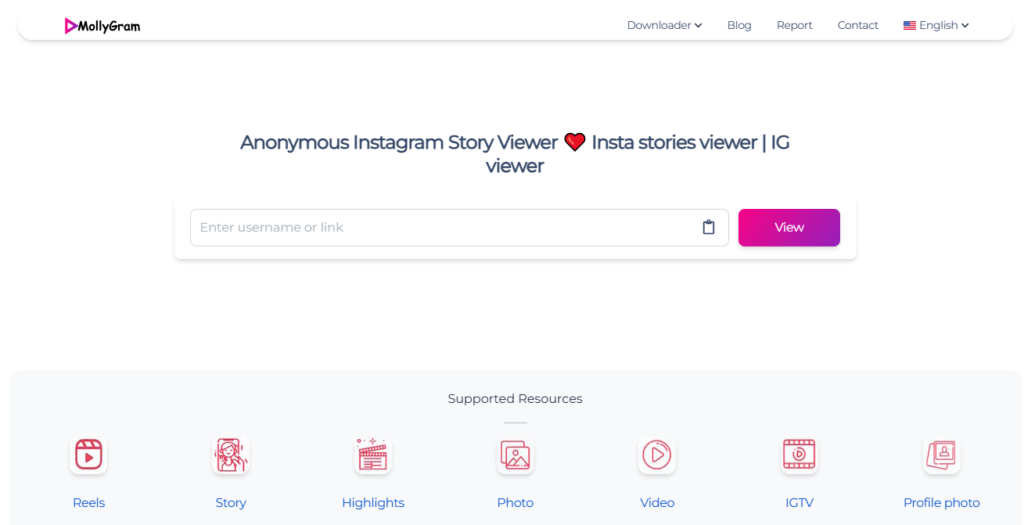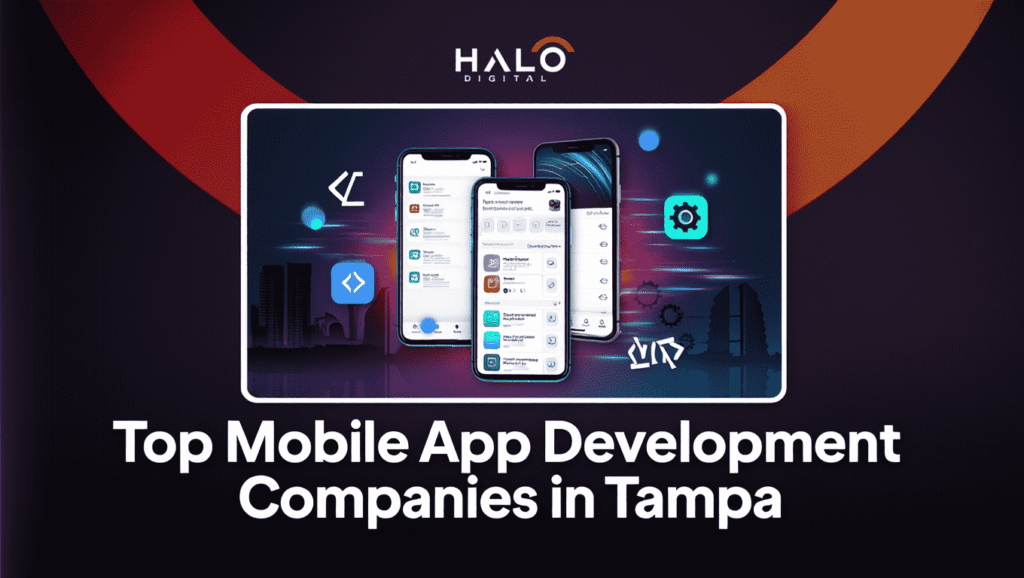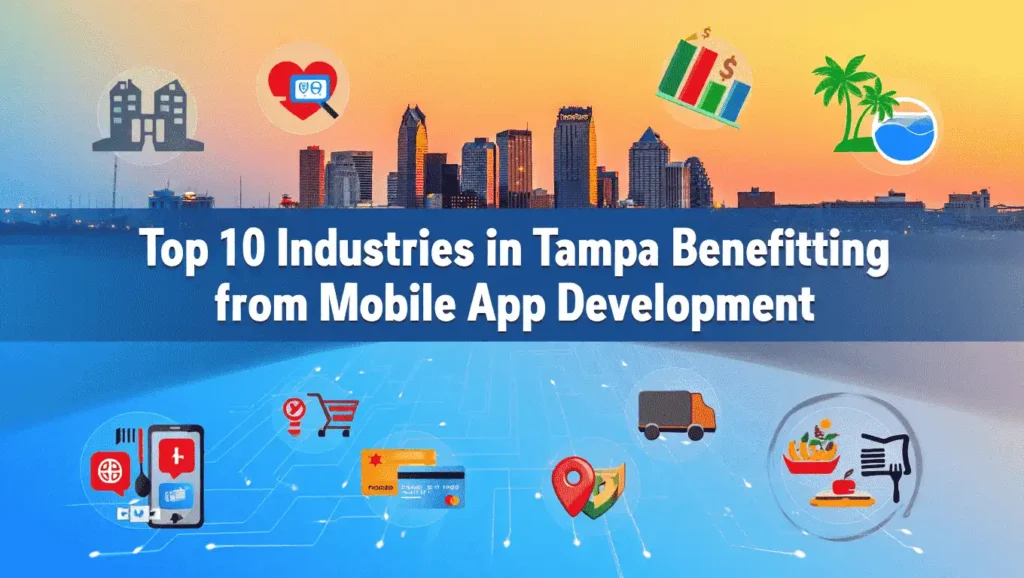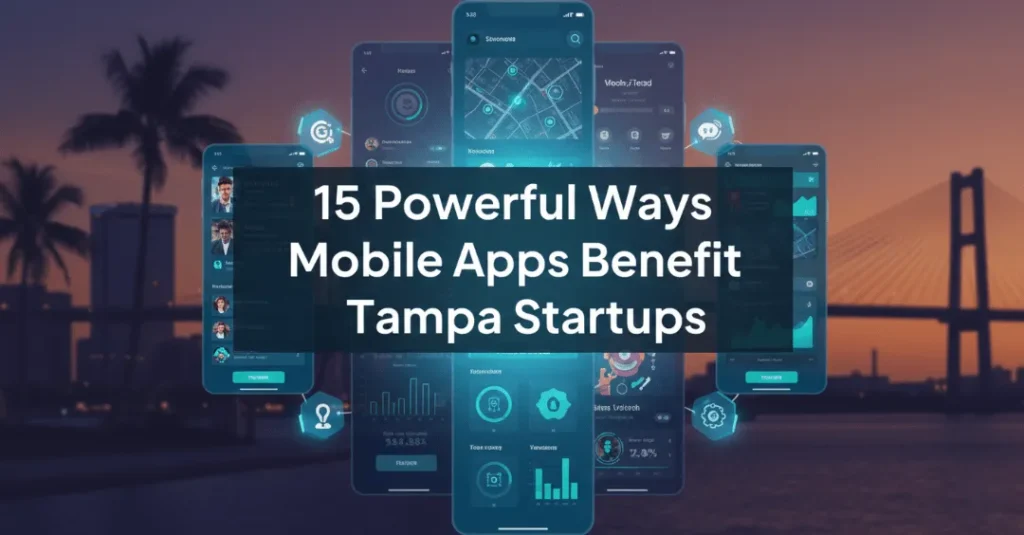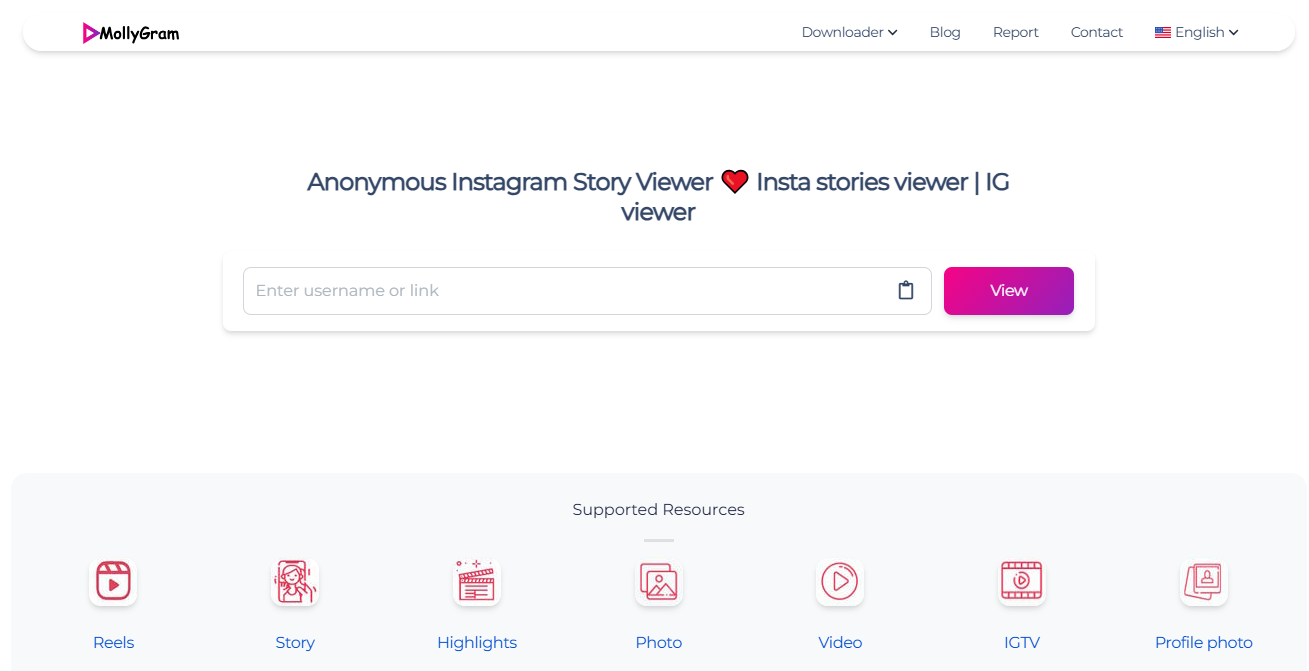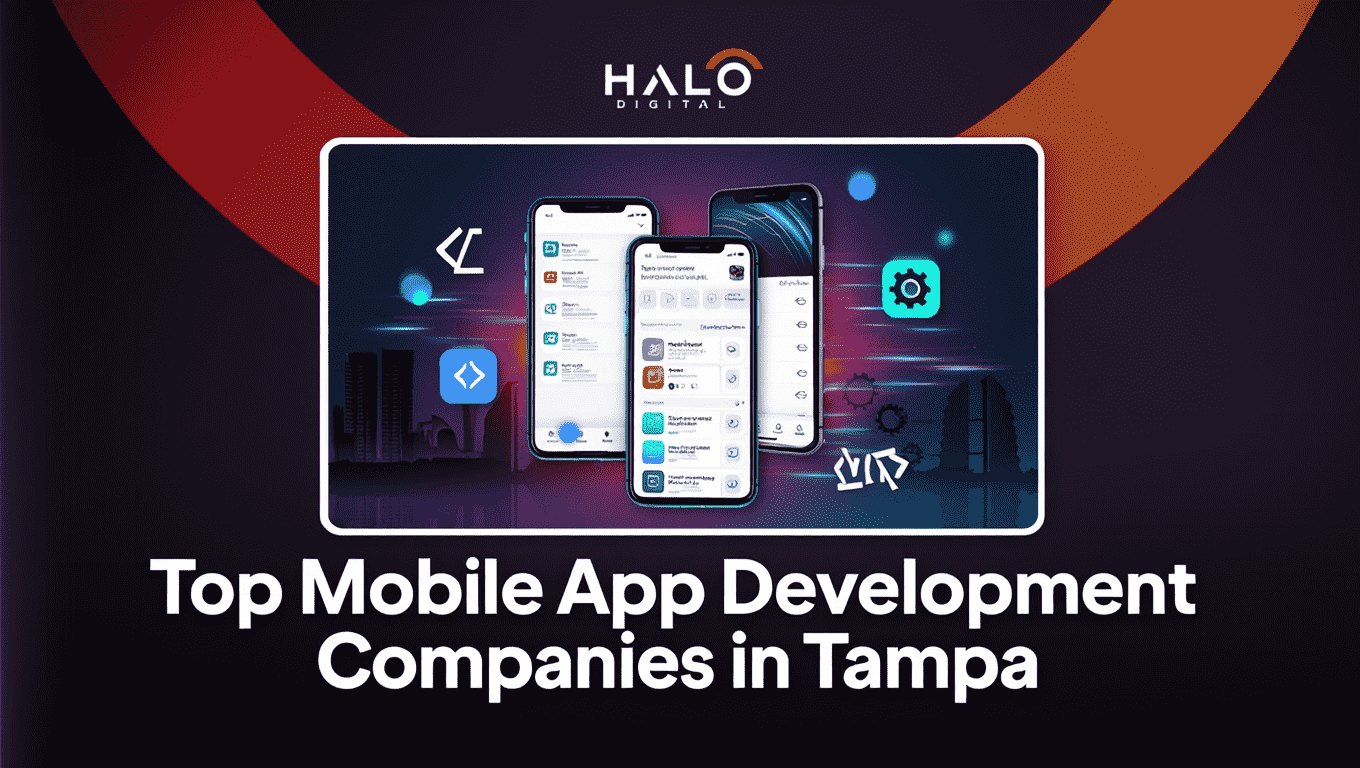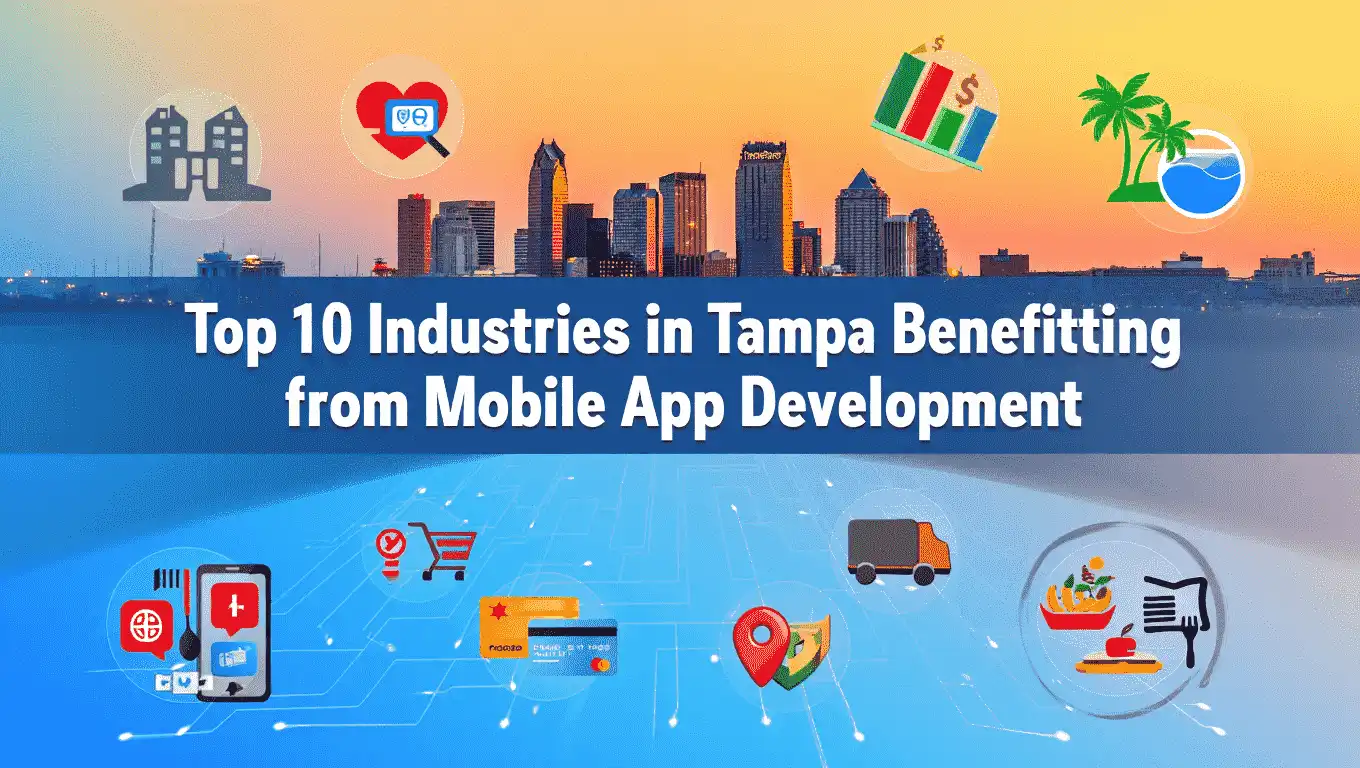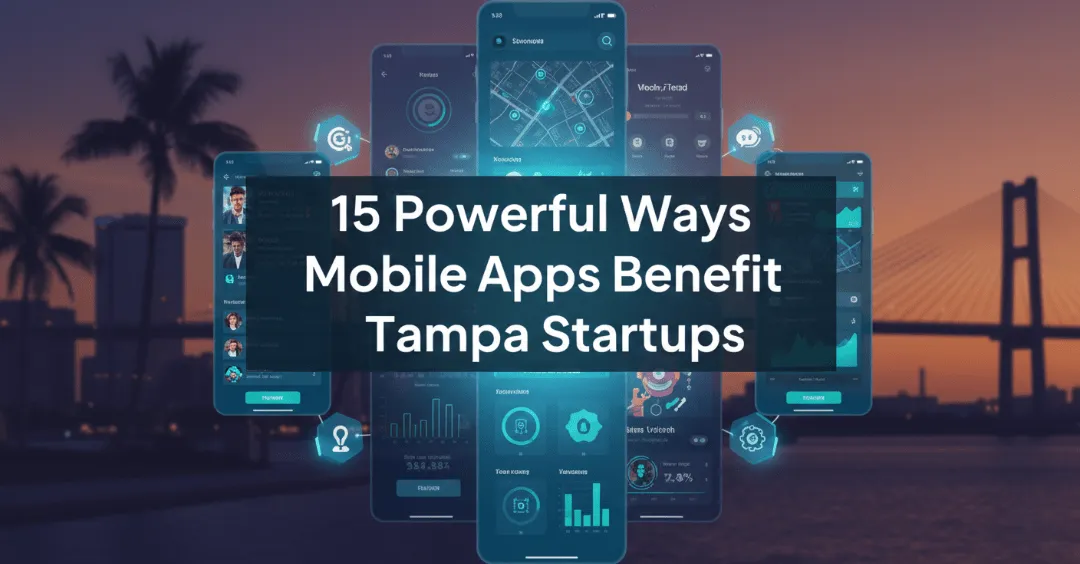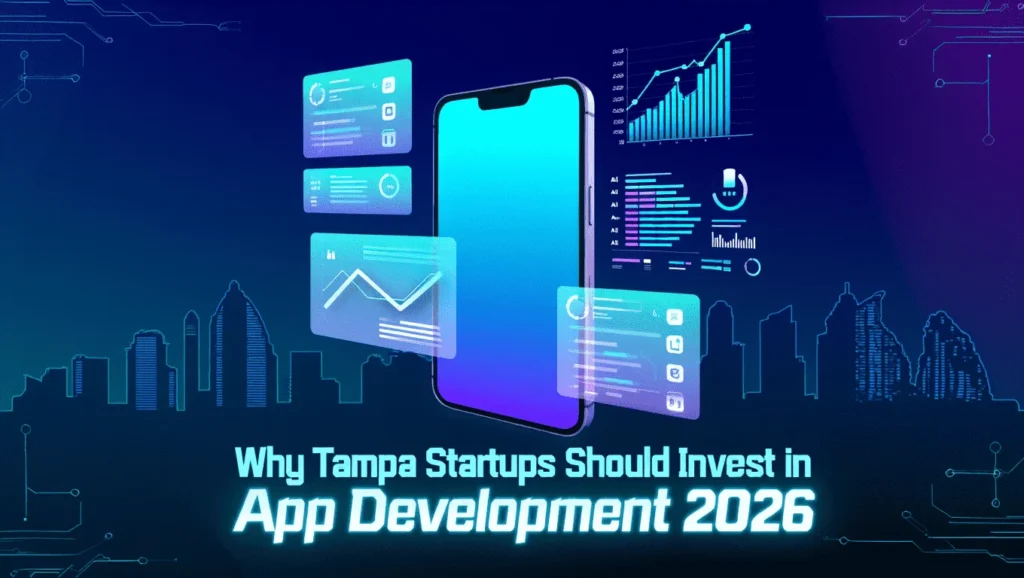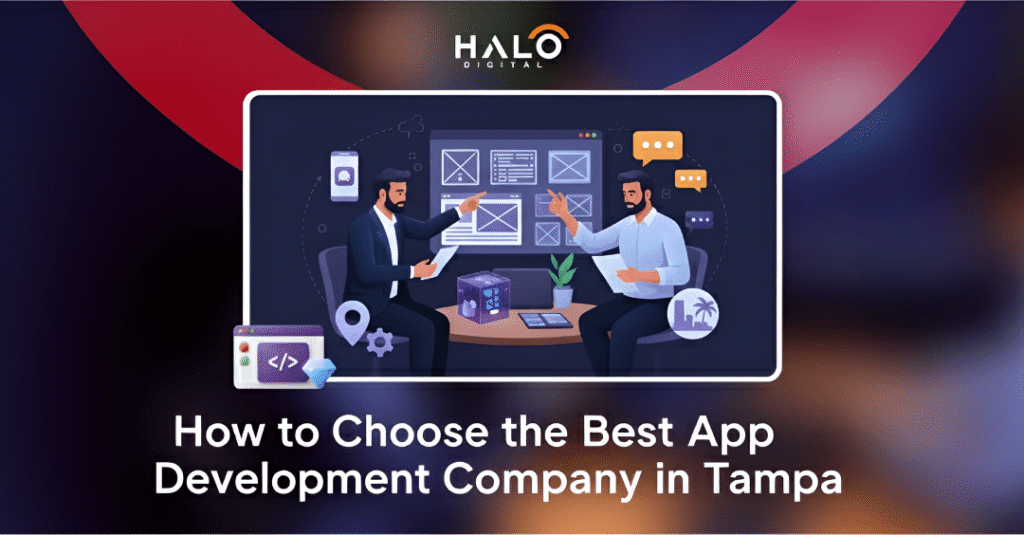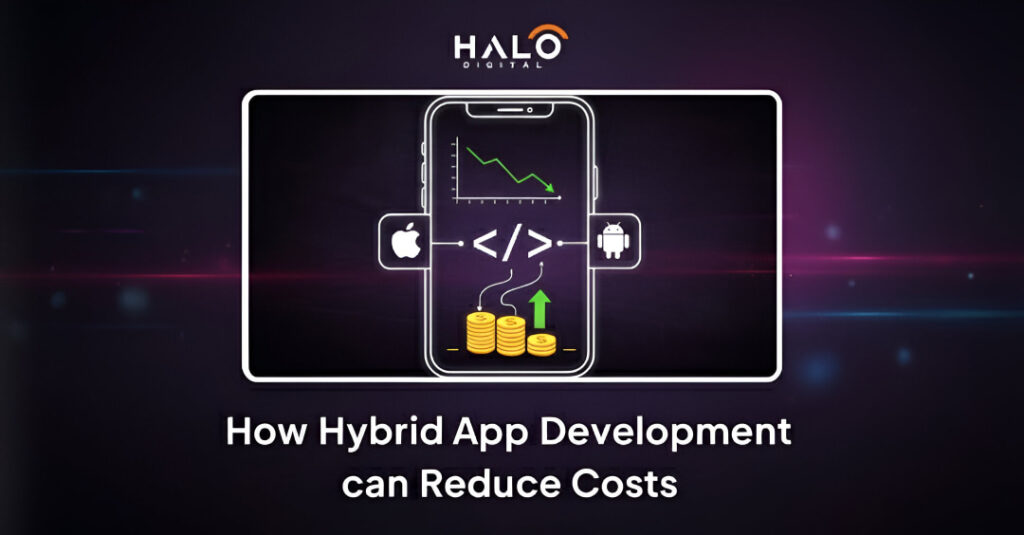The cost to develop a fantasy sports app typically ranges from $15,000 to $150,000 or more, depending on the app’s complexity, feature set, and supported platforms.
The popularity of fantasy sports continues to expand globally. Market estimates predict that the worldwide fantasy gaming industry will be in excess of $62.58 billion in 2029.
This highlights the increase in the interest of players and the potential for monetization.
For businesses and entrepreneurs asking, “What is the cost to develop fantasy sports app?”
Knowing both the fantasy sports app development cost and potential hidden expenses helps you plan wisely and avoid surprises.
In the ongoing online landscape, when fans demand seamless real-time engagement, mobile and web platforms must deliver performance, reliability, and scalability.
In the article below, you’ll find each and everything you need to know about fantasy sports apps and their costs.
How Much Does It Cost to Develop a Fantasy Sports App?
The cost to develop a fantasy sports app typically ranges from $15,000 to $150,000 and even more. It is contingent on a variety of aspects, such as the type of app complexity, the level of detail, and the platforms that are covered.
A simple app with a few features is more affordable, and feature-rich apps that have real-time data along with cross-platform integration will set you back more.
Here are the most important elements that affect the cost of developing a fantasy sports app.
- Platform Choice Platform Selection: Building to work with iOS, Android, or both, and the web-based dashboard, it increases costs.
- UX/UI and Web Design: Simple and interactive designs need more time and resources.
- Backend Infrastructure: Real-time updates and stats for players and server performance increase the costs.
- API Integrations: Live scores, payment, and third-party software push costs up.
- The location of the team: USA- and Europe-based teams are more expensive than teams based in Asia.
- Post-Launch Maintenance: Continuous upgrades, bug fixes, and server administration typically cost about 15 percent of the budget each year.
Key Factors That Influence Development Cost
Not paying heed to fantasy sports mobile app cost estimation will hurt you in the long run.
A growing number of businesses are getting involved with fantasy sports apps, and they ensure that they receive top results at the most affordable prices.
Thus, you should be aware of the major cost factors below and how they affect the price of your application.
Platform Selection (iOS, Android, Web)
Making native apps increases the cost of fantasy sports mobile apps. Supporting both mobile and the web increases the infrastructure and QA complexity but also broadens its reach.
UI/UX Design Complexity
Graphics, animations, and personalized interfaces raise the cost. Premium UIs cost more, but they increase engagement and keep customers engaged.
Backend Development & Real-Time Infrastructure
Real-time match centers with live scoring, match centers, and leaderboards require a solid backend infrastructure. This has a significant impact on fantasy app development pricing.
Third-Party API Integrations
Integrating sports feed data as well as analytics and payment systems, as well as social login systems, adds to the cost of development and makes it more complicated.
Development Team & Location
Teams from North America or Europe charge more. Offshore development can lower costs for creating fantasy sports applications but still maintain the high quality.
Maintenance & Post-Launch Support
Continuous support, server hosting, updates, and feature releases add recurring costs, typically 15-20% of the initial build cost.
Average Cost to Develop a Fantasy Sports App
The average cost to develop a fantasy sports app depends heavily on the app’s complexity, the number of sports it covers, and the feature set you want to include.
Whether you’re building a simple app for a local football league or a full-fledged platform competing with DraftKings, your investment will vary.
Below is a detailed breakdown of pricing based on different app levels.
Basic Fantasy App
- Estimated Cost: $15,000 – $25,000
- Timeline: 2 – 3 Months
A simple fantasy application is perfect for startups or markets that are niche. It concentrates on key features like easy onboarding, a clear interface, team selection, and scoring based on points for a single game.
It might not be able to support live updates for matches or intricate ways of monetization, but it’s still an excellent MVP to try out the market.
Features Typically Include:
- Login and registration for users
- Basic UI, with a few screens
- Selection of players and teams
- Simple scoring manual or API integration
- Panel of Admins for managing contests
Mid-Level Fantasy App
- Estimated Cost: $30,000 – $60,000
- Timeline: 3 to 5 months
Mid-tier applications support several sports, improved UX/UI, and higher engagement. They often have cash-based wallets as well as push notifications along with social media and push notifications.
This level is ideal for regional businesses or local brands that want to expand their MVP.
Features Typically Include:
- Multi-sport assistance
- A wallet system to deposit money and withdrawals
- Advanced UI/UX
- Sharing and referrals through social media
- Push notifications
- Reporting and analytics of the basics
Advanced Fantasy App
- Estimated Cost: $70,000 – $150,000+
- Timeline 6+ months
These are top-quality apps that are comparable to top players like FanDuel as well as Dream11. They’re built for scale as well as real-time engagement and multi-region support.
Features like AI-based suggestions, blockchain integration to ensure transparency, and a gamification experience that is immersive enhance the user experience by taking it to a higher level.
Features Typically Include:
- AI-based team and player suggestions
- Live streaming of matches and real-time updates
- Multi-language and multi-regional support
- Rewards for loyalty and gaming tools
- The Blockchain and NFT integration
- Dashboards for Admin with deep analytics
Summary Table: Fantasy Sports App Cost Breakdown
The table below provides a quick cost breakdown for fantasy app development. This includes typical cost ranges, feature sets, and timelines involved in building different types of fantasy sports apps.
App Type | Features Level | Estimated Cost | Timeline |
Basic | Essential Features Only | $15K – $25K | 2 – 3 Months |
Mid-Level | Multi-sport, Wallet UI polish | $30K – $60K | 3 – 5 Months |
Advanced | AI, Streaming, Blockchain | $70K – $150K+ | 6+ Months |
Hidden Costs in Fantasy App Development
Beyond the development of core features, many additional costs could significantly affect your price to make a fantasy sports app.
Starting with legal requirements, to long-term maintenance, marketing and legal compliance It’s essential to plan for these expenses in the beginning.
Legal and Compliance Fees
Working with licensed data providers and making sure that they are in compliance with gambling or data privacy laws across different regions could result in an increase of $5,000 to $25,000 in legal costs.
App Store and Platform Charges
Both Apple and Google charge $99-$299 annually for developer accounts. On top of that, there’s a 15-30% commission on in-app purchases and subscriptions.
Marketing and User Acquisition
Working on paid ads, working with influencers, or providing promotions can cost between $10,000 and $50,000 based on your goals for growth and your competition.
Unexpected Post-Launch Costs
Support for customers on a regular basis includes servers, customer support, and periodic bug fixes. Moreover, user-requested features may require 15% to 20% of the initial development costs every year.
Features of a Successful Fantasy Sports App
A successful app for fantasy sports needs more than basic game functions. It should provide smooth onboarding and instant engagement in transactions that are secure. It must also have features that encourage long-term user retention and revenue generation.
User Management and Onboarding
Facilitate seamless onboarding by integrating security-enabled logins for social networks, safe signups, and profiles that let users get started with only a few clicks.
Game Mechanics and Team Management
Users can create, edit, and manage teams easily with ease, including player swaps, live substitutes, and trade options to play strategic gameplay.
Real-Time Match Center
Live scores, live commentary, and real-time updates that keep users interested throughout the duration of every sporting event.
Scoring and Leaderboards
Create dynamic scoreboards and real-time updates of user scores, increasing competition while encouraging more frequent use.
Wallet and Payment System
Offer a secure wallet in the app that allows for easy withdrawal, deposit, and transaction tracking. Assist with prize payouts as well as entry fees.
Engagement and Retention Tools
Utilize push notifications as well as rewards points, check-ins every day, and achievements to increase the user’s engagement and build long-term loyalty.
AI and Personalization
Integrate AI to recommend the best selections for players as well as contest types or matches based on the player’s history and preferences.
Gamification and Immersive Experience
Include interactive elements such as quizzes, virtual events, or badges in order to make your application fun and enjoyable for all users.
Multi-Region & Multi-Device Support
Maintain consistency in performance across devices by using the ability to localize for different currencies and languages, as well as specific sports formats for regions.
Blockchain and NFT Integration (Optional)
Provide advanced features such as reward tokens, digital items, and NFT avatars that appeal to cryptocurrency-savvy customers.
Monetization Strategies for Fantasy Apps
Implementing the best combination of strategies to monetize helps the fantasy sports apps to increase revenue while ensuring that users are engaged and satisfied.
Freemium Model
Offer core gameplay features for free, while also offering premium content. These can include advanced stats or an ad-free experience via paid upgrades or tied subscriptions.
Entry Fees for Paid Contests
Participants can participate in cash competitions by paying for an entry fee. This is the primary source of revenue and boosts participation through high-stakes games.
Subscription Plans
Set up annual or monthly plans that grant access to exclusive tools such as expert advice and injury alerts. There should also be real-time analytics that provide benefits to the most serious of users.
In-App Purchases
Sell virtual goods like extra slot machines, lineup boosters, or even custom avatars that enhance the experience of gaming and personalize the game.
Advertising and Sponsorships
Adverts that are targeted or integrated brand sponsorships into the app to earn constant ad revenue, particularly during peak sports season.
Affiliate & Referral Programs
Invite users to invite friends by using referral codes. Both parties get rewards, which makes this an effective and cost-effective strategy.
Data Monetization
Sharing anonymized user behavior data or insights into trends with sponsors, sports brands, or research companies to earn additional revenue streams.
Cost Data From Popular Fantasy Apps
Examining successful fantasy sports platforms can give an accurate picture of the development costs, scalability, and long-term value of investment.
These apps demonstrate how brand scale, features, and demand for services affect the total cost over time.
DraftKings
The company was launched in 2012, and DraftKings has invested heavily into real-time scoring technology, a seamless user experience, andpremium-quality contests.
Its infrastructure is able to support huge concurrency as well as live betting capabilities.
The initial cost of development was over $100,000, with continuing investments pushing costs higher due to frequent updates and compliance with regulatory requirements.
FanDuel
The strengths of FanDuel are in live-time fantasy games and support for a variety of contests. Its backend was designed to handle a large number of simultaneous players.
With features such as dynamic leaderboards and live updates for contests, the app’s probable development costs were estimated at $80,000+.
This does not include regular platform updates or legal integrations.
Yahoo Fantasy
Yahoo Fantasy has a rich user interface that supports a variety of sports, such as fantasy football, basketball, and baseball.
As a part of a tech company, this platform was subject to several years of development and was built with platforms that were built.
The cost will likely be well over $150,000 if you take into account long-term maintenance and evolution.
ESPN Fantasy
Supported by the ESPN brand This app offers an easy-to-use interface with multiple-platform support and reliable content.
The development costs also include the cost of licensing, subscriptions to data feeds, and integration with broadcasting systems.
Estimated investment ranges from six to seven figures, particularly considering the scalability of brands and constant changes.
How to Reduce Development Costs Without Compromising Quality
Making a fantasy sports application could be costly; however, intelligent planning can help you reduce costs without any compromise in the quality or performance. Here’s how to maximize your budget efficiently:
- Start by creating the MVP (Minimum Viable Product): Concentrate on the essential features first. This will allow you to verify your idea and get feedback from customers prior to investing in features that are more advanced.
- Utilize Reusable UI Components: Modular design lets you reuse elements and screens, which reduces the time to design and develop them significantly.
- Select a Scalable Backend Architecture: Invest in cloud-based, scalable backends such as Firebase or AWS that expand according to the user base you’ve built.
- Partner with Fantasy Sports App Experts: A seasoned team of developers will avoid common mistakes, cut down on revisions, and provide more rapid results.
- Outsource Non-Core Tasks: You can delegate less important tasks, such as minor UI modifications or customer service modules, to cost-effective external teams or freelancers.
Should You Build a Fantasy Sports App in 2025?
If you’re thinking of the launch of a digital product within the sports industry, 2025 is a great year to develop an app for fantasy sports.
The sports industry is expanding quickly across the regional and mainstream sports markets.
With increasing smartphone penetration as well as better internet access and growing fan interest in fantasy sports, now is the best moment to make an investment.
Let’s take a look at the primary advantages of this smart decision.
Rising Market Demand
The fan base of fantasy sports is growing across the globe as millions join teams to increase their game-day excitement.
There’s been an increase in the number of mobile users who are engaging with fans, particularly in countries such as India as well as in the U.S. and parts of Europe.
This increasing enthusiasm has prompted demand for more innovative localized, niche, or niche-sport fantasy games that are specifically tailored for certain audience segments.
Tech Stack Readiness
With modern technology stacks such as React Native for cross-platform apps, Node.js for scalable backend, and Firebase for real-time updates, creating high-performance fantasy apps is more efficient and time-saving.
Developers can quickly prototype to iterate, scale, and test apps without locking themselves into outdated systems or long timelines.
ROI and Growth Potential
Fantasy apps have options for monetization, such as advertisements, in-app purchases, and entry fees.
With a well-planned retention and marketing strategy Many startups report recouping their capital in 6-12 months.
Additional features such as premium leagues or predictive games also improve the chances of long-term viability and growth.
Opportunities in Untapped Niches
The majority of fantasy games focus on football, cricket, or basketball. However, there’s an increasing demand for apps specifically designed for local leagues, college sports, or other games with a niche, such as volleyball, kabaddi, or esports.
These segments have a loyal fan base but have a limited selection of fantasy games, creating a void in the market that you could fill.
FAQs
How long does it take to develop a fantasy sports app?
Usually, 2-5 months for applications of a mid-level; basic apps are quicker, while more advanced solutions require at least 6 months.
Is it legal to run a paid fantasy sports platform?
Legality is based on where you are located. In several countries, paid fantasy games are legal as long as they are based on luck and not on betting.
How can I monetize the app effectively?
Combine entry fees, freemium memberships, ads, sponsorships, and referrals to diversify revenue streams.
Can I build for one sport only?
Yes. Beginning with one sport, such as football or cricket, can reduce costs and can be more complex. You are able to increase your participation later.
How do real-time score updates work?
They utilize APIs for sports data, which stream live scores and other events. The backend sends these data immediately to users via WebSockets and push notifications.
Conclusion – Cost To Develop a Fantasy Sports App
The development of a fantasy sports platform requires careful investment. The cost of creating an app for fantasy sports ranges between $15K and $150K based on the complexity, platform, and features.
An app that is basic or middle-level can be enough to try out your idea and gain a following. Advanced platforms provide real-time streaming AI personalized features, as well as the ability to scale infrastructure.
If you are planning to build or expand the application, you should work with a team that is experienced in web-based applications for enterprise and an efficient web application design.
Ready to Launch Your Fantasy Sports App?
Partner with HALO Digital for expert fantasy sports app development. We specialize in building reliable, user-friendly, and secure mobile and web platforms designed to boost player engagement and maximize monetization. From concept to launch, our mobile app development team ensures a smooth, cost-effective development process tailored to your business goals.

Abdullah Mangi is an SEO strategist and content writer with 5 years of experience helping businesses grow online. He writes about programming, tech, online business, and practical how-to topics. Abdullah has worked with clients in SaaS, software development, web design, link building, yacht rentals, gardening, car rentals, and recruitment.






